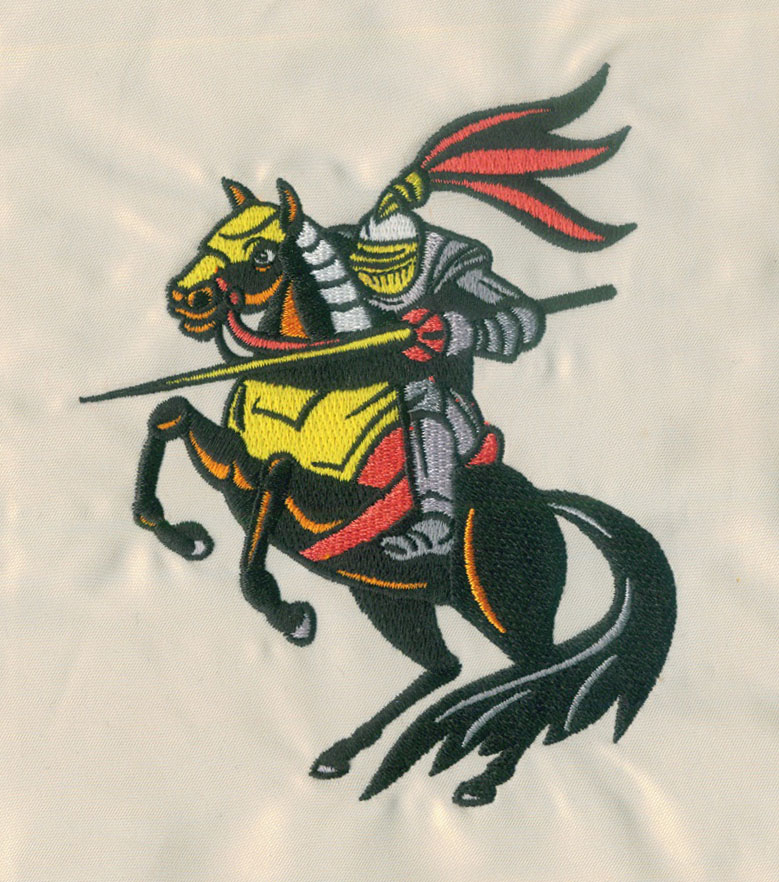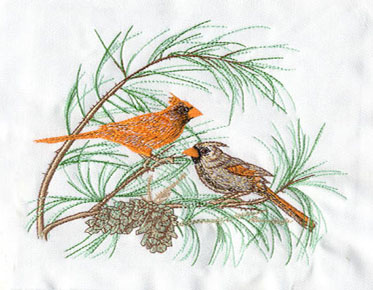What Are Vector Graphics? - Definition, Uses and Creation
A vector graphic is a way to represent an image using vectors, or mathematical
formulas. The unique feature of a vector graphic is that no matter how much you
zoom in on it on your Mac, you will never see the pixels.
Raster images are made up of tiny
squares called pixels. While the number of pixels an image contains depends on
how large it is and the resolution at which it was saved, the number of colors
determines how complex an image will be.
There are multiple applications for
each type of graphic, so the artist can choose the application needed for a
particular task or area of work.
Vector formats are one of the most
common ways to create modern graphics, along with raster, triplex, and fractal
formats.
Today there are more than 10 different
vector formats, each with its own advantages and disadvantages. The most
popular and widely used vector graphics formats for Mac and Windows include
EPS, PDF, SVG, and AI.
The Mac's vector graphics program is
commonly used for logo creation, illustration and graphic design, and many
other areas that require expandable images without sacrificing quality. Each
vector graphics result can be represented by a specific vector file type.
Raster images are usually saved in JPG
or PNG format and can be used in a variety of solutions. Conversely, vector
formats of files can be proprietary, that is, developed by companies
(especially manufacturers), and they have low compatibility with third-party
applications. Online image vectorizers come in handy when raster images need to
be vector images.
.SVG
Scalable vector graphics are
XML-based. Originally, this open vector graphics format was created to
standardize vector graphics on the Web. SVG works on Mac, Windows, Linux, and
more. It is supported by many web browsers.
.EPS
Encapsulated PostScript is a container
format for bitmaps and vector primitives. This is a relatively generic file
format that is supported by most vector graphics editors, including Amadine for
Mac and Adobe Illustrator. There are many versions of this format, but each
program only supports a specific version of EPS.
.PDF
Portable document format. Much like
EPS, PDF is a container format, also based on the PostScript language. As a
popular Adobe format, PDF has become the de facto standard for distributing any
document and displaying a variety of printed materials, such as vector logos
made on the Mac.
.AI
This is a proprietary Adobe
Illustrator vector graphics format. It provides very high quality images, but
is generally not compatible with other programs - although Amadine allows the
use of version 1.2 updates to import and edit AI files.
To create a vector image, vector
designers need to outline it with the help of points and then draw vector lines
between them, using the vast possibilities of modern programs designed to
perform this operation.
The advantages of vector graphics
include:
Easy to edit the entire image and its
individual elements.
The possibility of making corrections
and significant changes to the image size without loss of quality (including
rotation at a user-defined Angle) and changing the file size itself.
The ability to easily convert a vector
image to any raster format at any resolution (as opposed to raster graphics,
which cannot be converted to vector graphics).
Mac, iPad and iPhone have various
programs and editors. They allow novices and professional designers to use
vector graphics. These Apple solutions are very feature-rich. On the one hand,
they allow the creation of difficult and complex drawings through simple
geometry and add volume to these images. On the other hand, they provide many
tools for processing text, allowing vector graphics experts to manipulate
content in a variety of ways.



